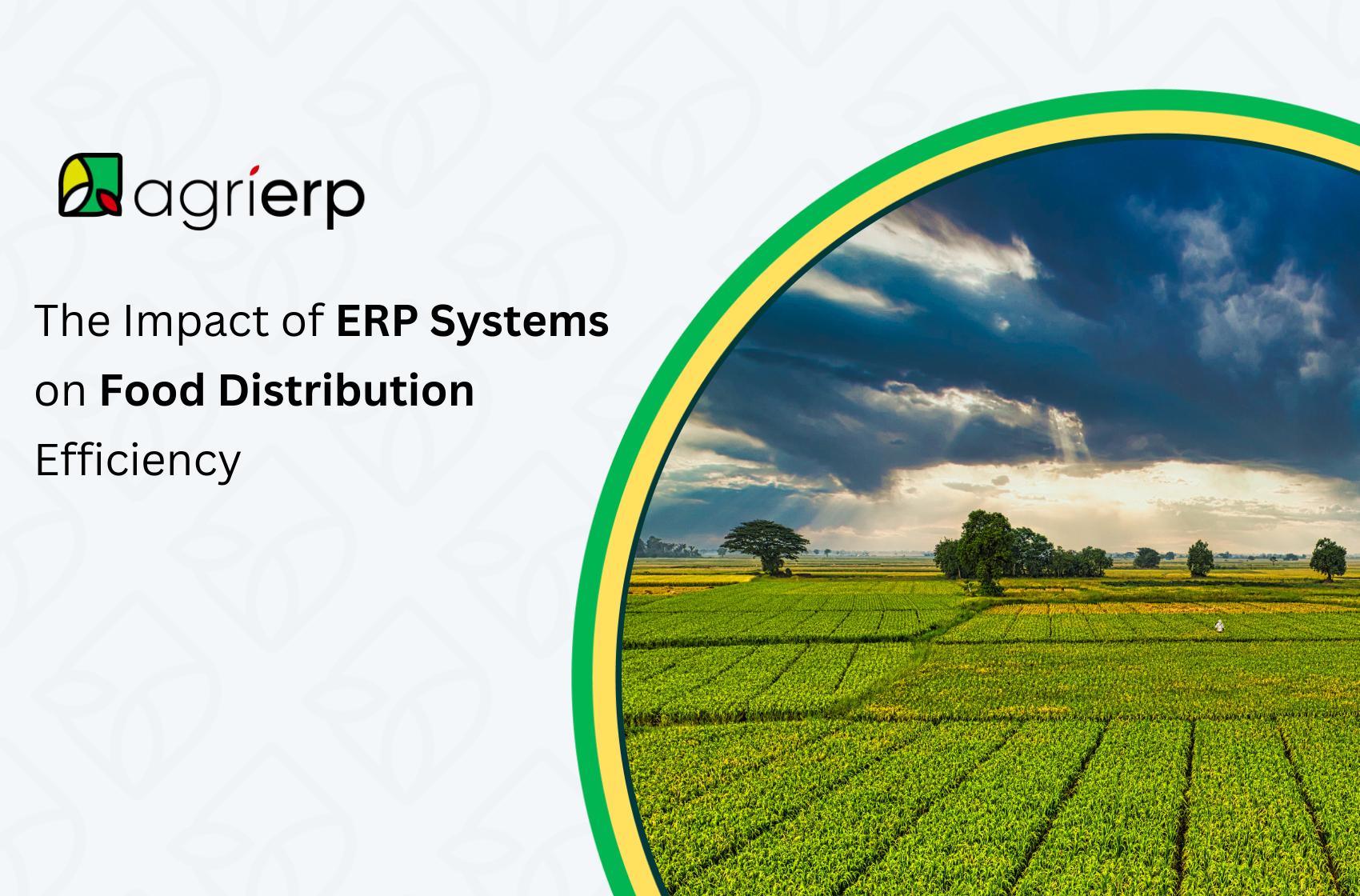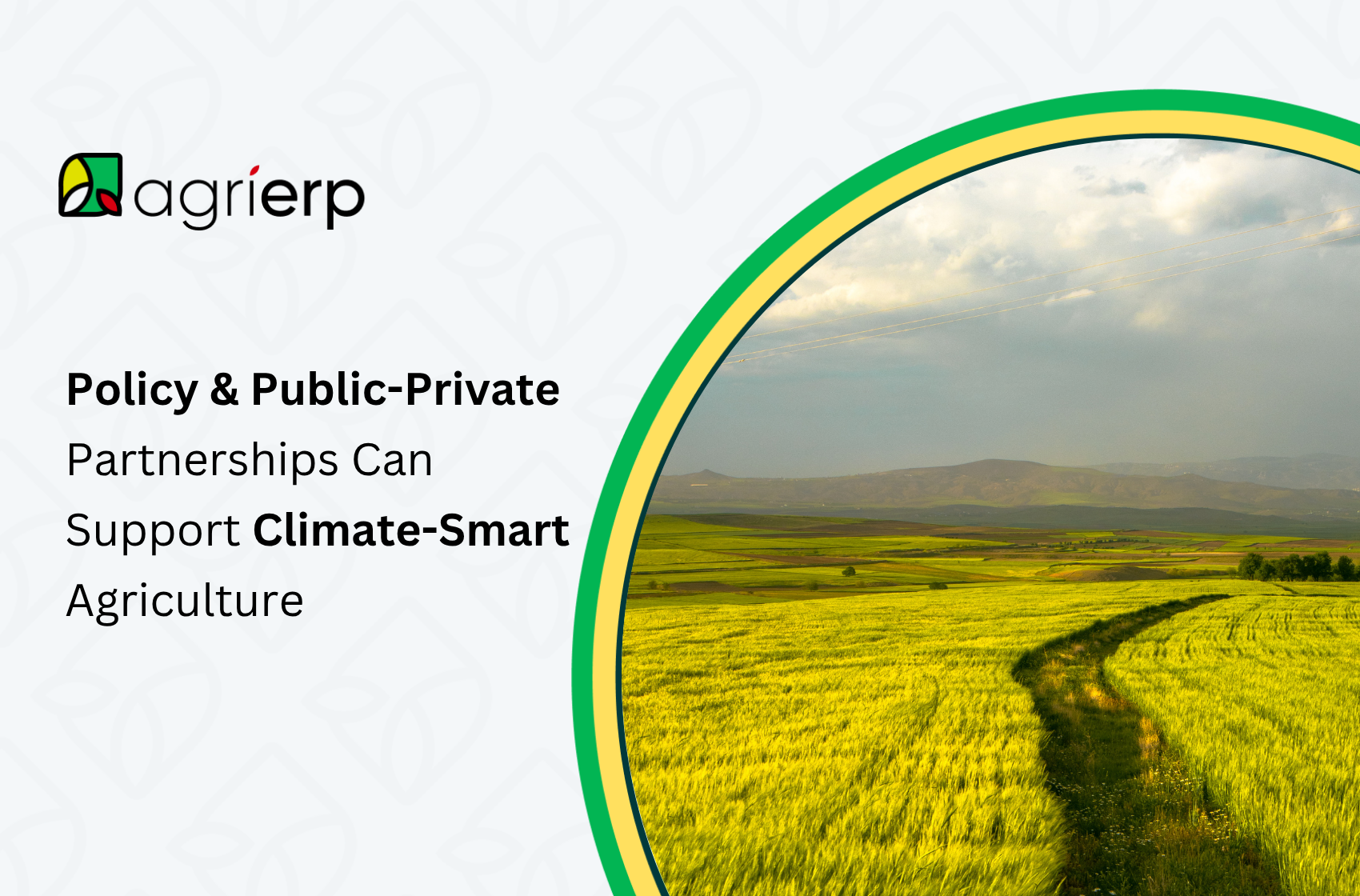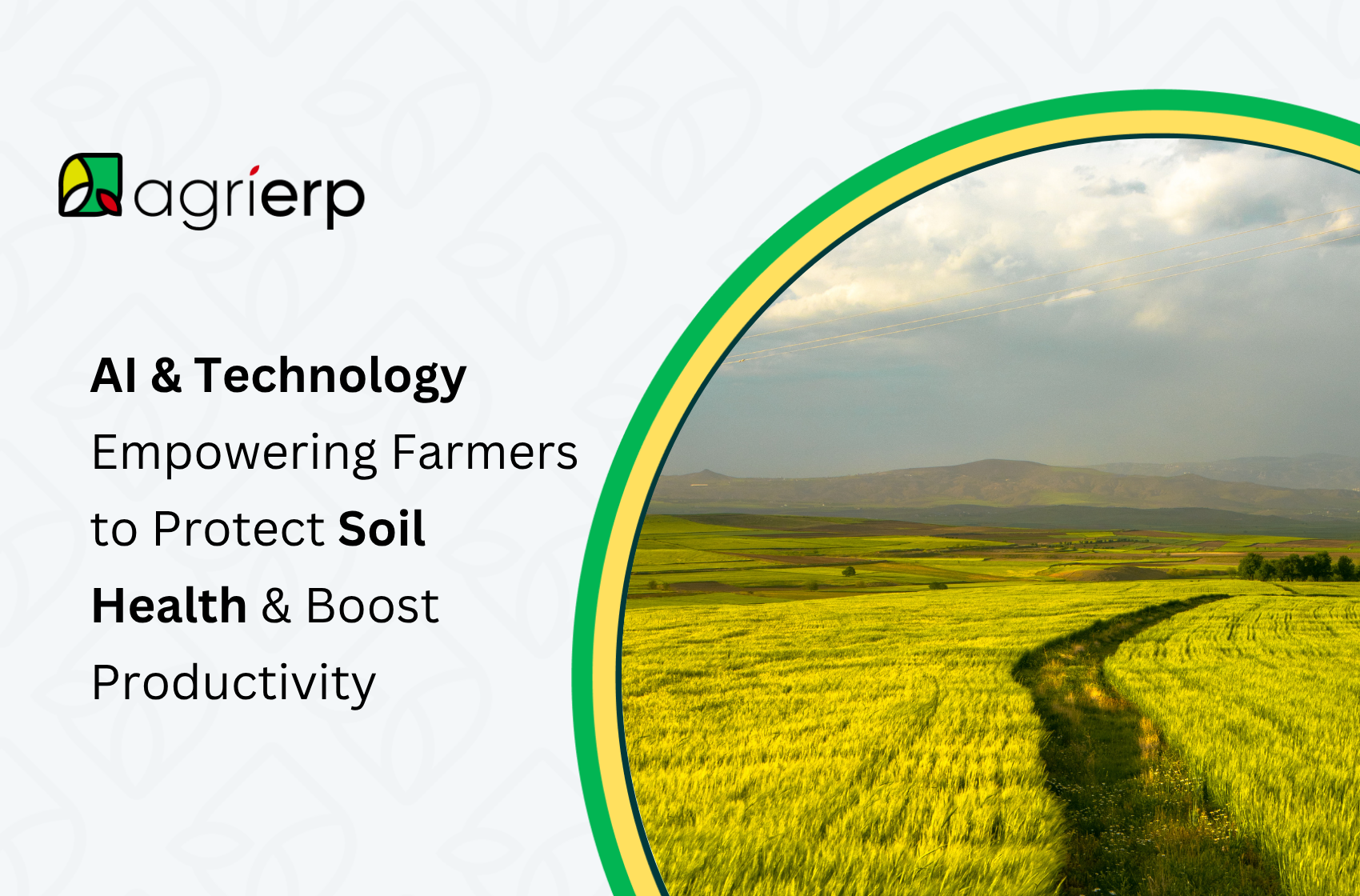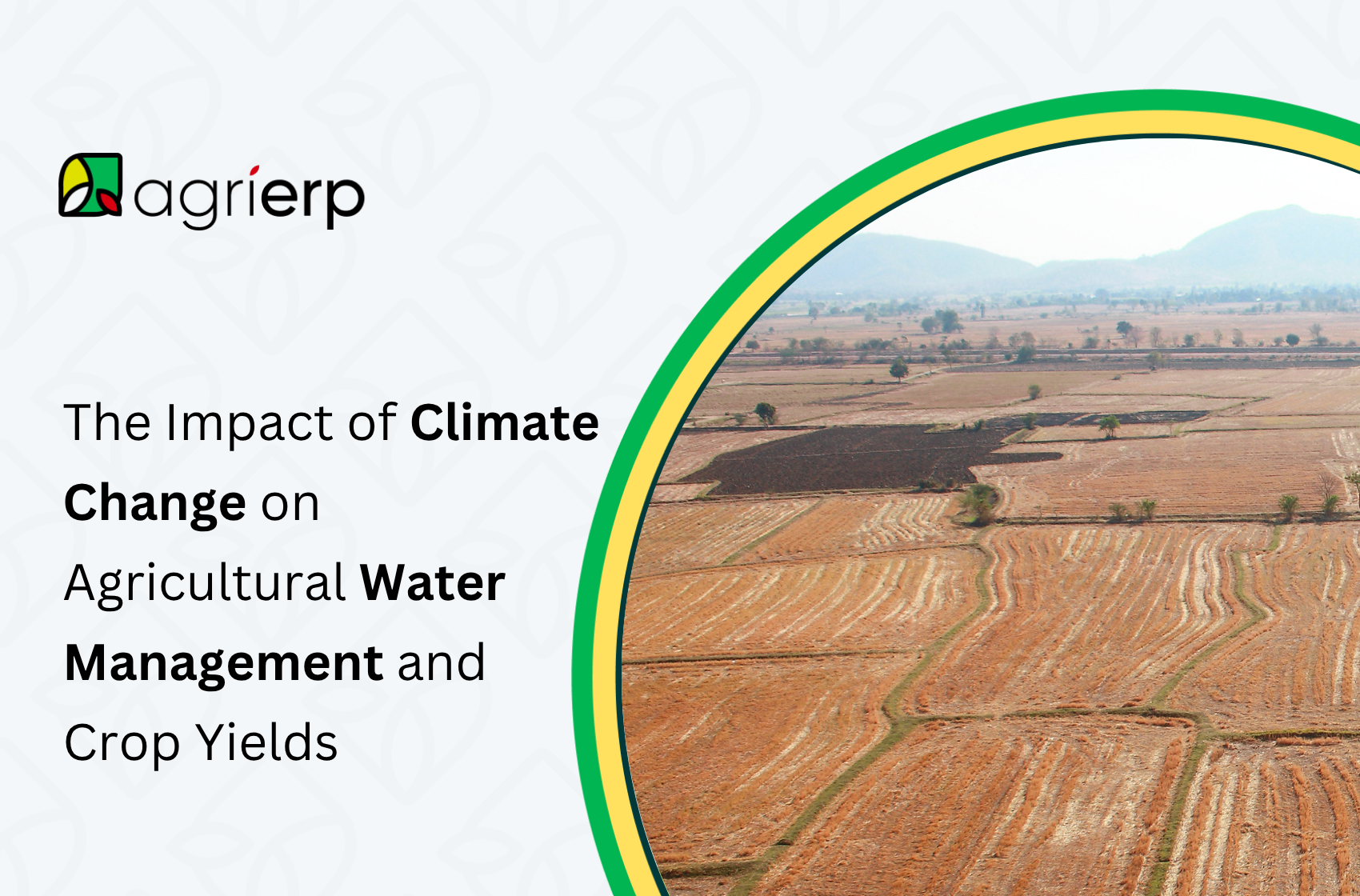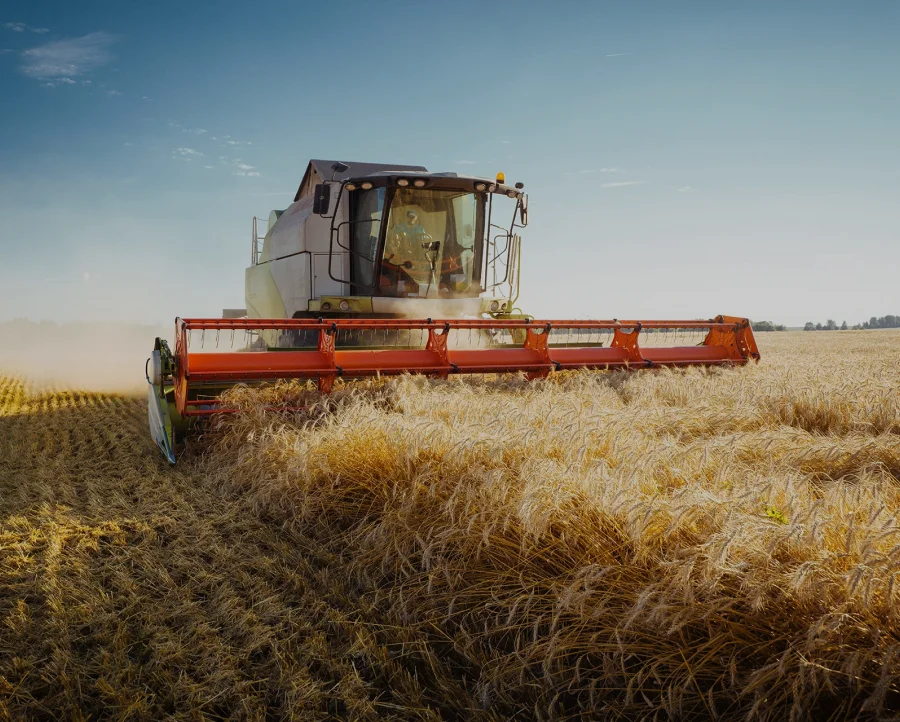As a food distributor, what is holding you back from carrying out tasks smoothly and efficiently? And also achieving peak productivity? According to the United Nations Food and Agriculture Organization (FAO), almost 14% of all food produced is lost between harvest and retail, which is a massive $400 billion in losses each year.
And for food distributors, it is not merely about efficient operations, it is a huge financial concern. This is exactly where a powerful food distribution ERP can make all the difference for you!
If you are involved in either food logistics, production, or retail, you must be familiar with the immense pressure that comes with food distribution, such as moving inventory, maintaining safety standards, and catering to changing demand.
A modern ERP system is a smart method that connects all these dots across your operations. It bridges all the gaps and makes things clear. In this blog, let us enlighten you with all the insights you need about the common problems food distributors face, how ERP overcomes them, and why powerful solutions like AgriERP are the answer!
Key Challenges in Food Distribution (Pre-ERP)
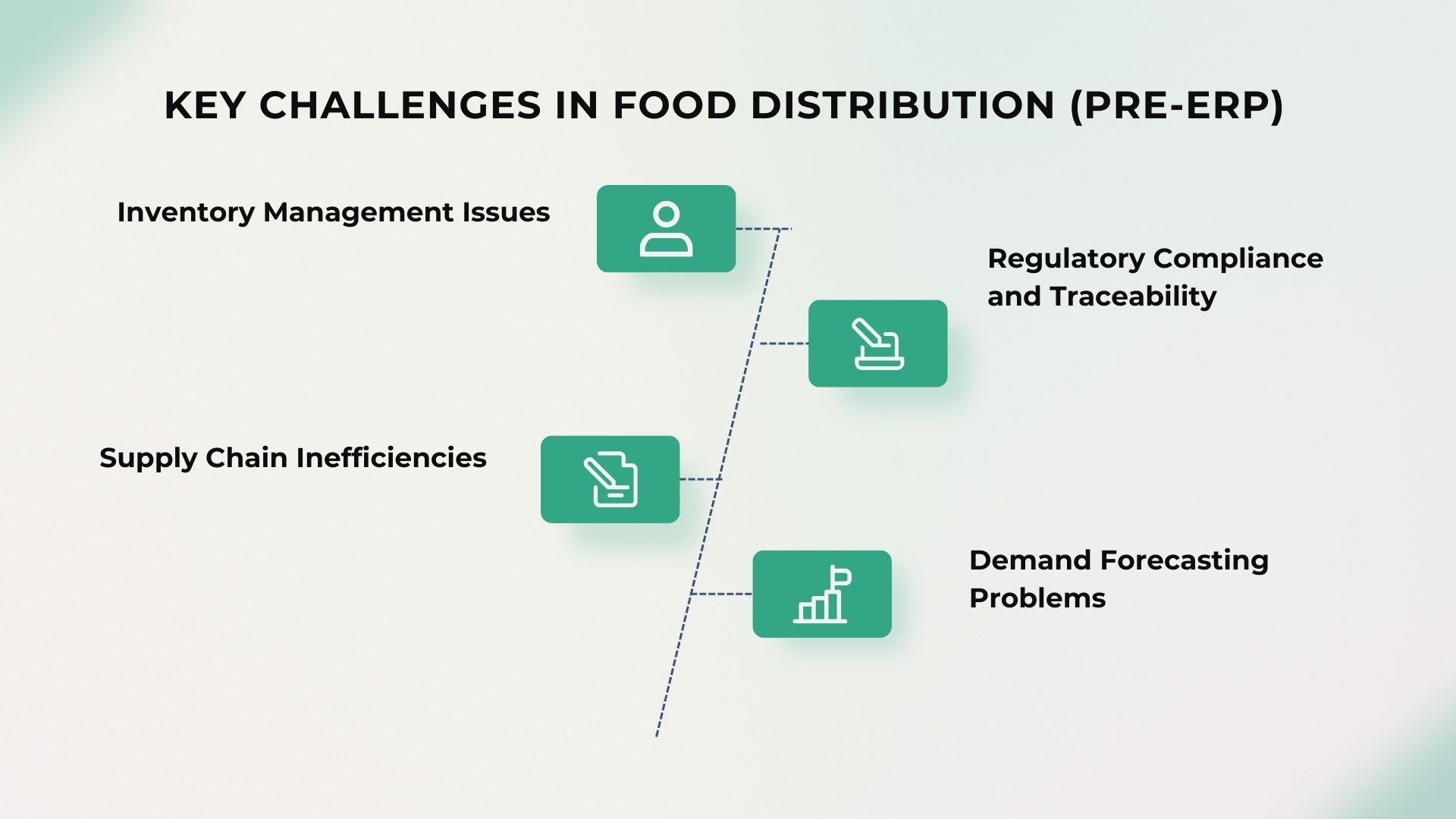 Before you consider adopting a food distribution ERP, it is important to understand the operational gaps that cause waste, delays, and compliance issues. These are a few of the most typical problems that companies come across.
Before you consider adopting a food distribution ERP, it is important to understand the operational gaps that cause waste, delays, and compliance issues. These are a few of the most typical problems that companies come across.
Inventory Management Issues
Overstocking and stock-outs
You have probably been frustrated because you either ordered too much or too little. Without having any real-time visibility, you can easily end up with overstocked shelves or empty bins. And both are very costly.
Waste due to spoilage and expired goods
Time is the key to success in food distribution, every second matters. Poor tracking can result in goods being left in storage for long periods, hence, resulting in expired products and unnecessary waste.
Supply Chain Inefficiencies
Lack of visibility into supply chains
If your systems are disconnected then you cannot see the entire picture and cannot know what is happening in your warehouse, transport routes, and supplier networks. You need visibility in real-time. But this lack of insights slows down all operations.
Ineffective route planning and logistics coordination
Without smart planning tools, logistics can become guesswork. Thus resulting in delivery delays. Routes are never optimized, and the cost of fuel climbs.
Regulatory Compliance and Traceability
Difficulty ensuring food safety and compliance with regulations
If you have to be compliant with FDA regulations and local food safety standards you must keep track of every item and procedure. But this is nearly impossible with a manual system.
Slow recall procedures affecting reputation and costs
The clock is ticking fast when a product needs to be recalled. Without automated traceability, it is hard to identify the affected batches and pull them quickly from the market. Thus the process becomes slow and risky.
Demand Forecasting Problems
Inaccurate demand prediction
Many food distributors still rely on spreadsheets or old software to forecast demand. That leads to guesswork rather than decisions based on actual insights.
Hurdles in meeting seasonal fluctuations and consumer demands
Seasonal demand can overwhelm even the most efficient warehouses. If you do not have the right tools that analyze demand patterns, you might miss sales opportunities or have unsold inventory.
How ERP Systems Address Food Distribution Challenges
Implementing a food distribution ERP remodels how you manage your operations by making everything highly interconnected, visible, and responsive. Let us see how it helps at every stage.
Real-time Inventory Management
Automated inventory tracking and alerts
The latest ERP software helps you track every product, in every location and in real-time. Automated alerts help you stay proactive, so you can be in control before problems escalate.
Optimized stock levels, minimizing wastage
No more running out or overordering. To prevent spoiling, ERP systems suggest reordering levels and quantities according to actual usage.
Enhanced Supply Chain Visibility
Integrated data across procurement, warehouse, and transportation
When everything is interconnected, from purchase orders to shipping. It gives you a single view of operations and better control.
Improved logistics, route optimization, and efficient fleet management
Some ERP solutions come with tools that let you plan and improve delivery routes. Hence, saving you both time and money.
Advanced Forecasting & Planning Capabilities
Leveraging historical sales data and predictive analytics
ERP systems use data from past sales and market trends to help you forecast what will sell and when.
Accurate demand forecasting aligning with inventory management
You can get rid of last-minute adjustments and stock accurately by matching inventory with demand.
Improved Regulatory Compliance and Traceability
Automated batch tracking from farm to fork
ERP software records every step, from sourcing to delivery. This helps you prove compliance and meet food safety standards.
Swift recalls through comprehensive data capture and reporting
In case of a product recall, your ERP system detects the affected batches quickly and helps you act quickly and safeguard your brand reputation.
Automated Workflow and Communication
Increased transparency across departments
ERP software gathers all your scattered data such as emails and paper documents, and puts them under one system that everyone can access. Hence fostering enhanced collaboration and decision-making.
Reduced manual errors and increased efficiency in operations
By minimizing human intervention, the chances of making mistakes are reduced, and your team can focus on higher-value tasks.
Quantitative Benefits & ROI of ERP in Food Distribution
When you quantify the results of using a food distribution ERP, the benefits are beyond mere convenience. Let us see what companies gain from this software.
Reduction in waste/spoilage percentages
Better tracking and automated alerts help reduce food waste massively, depending on the operation.
Improvement in order accuracy and fulfillment speed
By digitizing orders and matching them with inventory, businesses can eliminate fulfillment errors and speed up delivery times.
Enhanced delivery efficiency (time-saving, cost reduction)
ERP systems optimize routes and fleet schedules, hence, minimizing transportation costs and delays in delivery.
Compliance improvements and reduction of recall-related losses
Traceability tools minimize your risk of legal or financial penalties by making compliance with regulations proactive rather than reactive.
Increased profitability and customer satisfaction
The collective effect of better forecasting, fewer errors, and faster deliveries boosts profit and keeps your customers happy, hence retaining them forever.
Common Barriers and Considerations in ERP Implementation
Although the benefits of ERP software for distribution efficiency are evident, you must be prepared for the hurdles that can come during ERP implementation. Here is what you should look out for.
Cost of initial ERP implementation and maintenance
We can not deny that ERP systems are a valuable investment in the long run. Its long-term savings outweigh the initial expense when it is chosen wisely and implemented carefully.
Training and change management requirements
No matter which software you adopt, your staff is the heart of your organization, they are going to use it. Thus you must train and support them all along as they adapt to new workflows.
Data migration and system integration complexities
Migrating data from old systems can be tricky. It takes careful planning and support to avoid disruptions during the transition.
Choosing an ERP system tailored to food distribution needs
Not all ERP systems are the same. You need a system that is built exclusively for the food industry, such as AgriERP, which was developed especially to support agribusinesses and food distributors with customized features.
Conclusion
There is no doubt now that a food distribution ERP has become a necessity in these testing times when competition is high and things move rapidly. The right ERP system improves how you track food inventory, forecast demand, maximize your supply chain, and comply with food safety regulations.
But more importantly, it will let you reduce waste, accelerate operations, and build a resilient and profitable business. ERP software simplifies and enhances the efficiency of any business, whether it involves packaged products, perishable produce, or complicated transportation routes.
If you are at the turning point, where you are contemplating your options, it can be the right time to take a closer look at industry-specific solutions like AgriERP.
With its high focus on food and agriculture, it is developed to overcome the challenges of food distributors without breaking the bank. It is a powerful and highly scalable solution designed for businesses just like yours.
As you assess your needs, think about how the right ERP can make your operations proactive rather than reactive, and brace you for the future! As Peter Drucker once said, “Efficiency is doing things right; effectiveness is doing the right things.” And now is your chance to do both.
